- TOP
- Gardens & Shops
- garden
- paid garden
- Shinjuku Gyoen National Garden―A Historic Garden Carrying On the Legacy of the Imperial Garden
Shinjuku Gyoen National Garden―A Historic Garden Carrying On the Legacy of the Imperial Garden
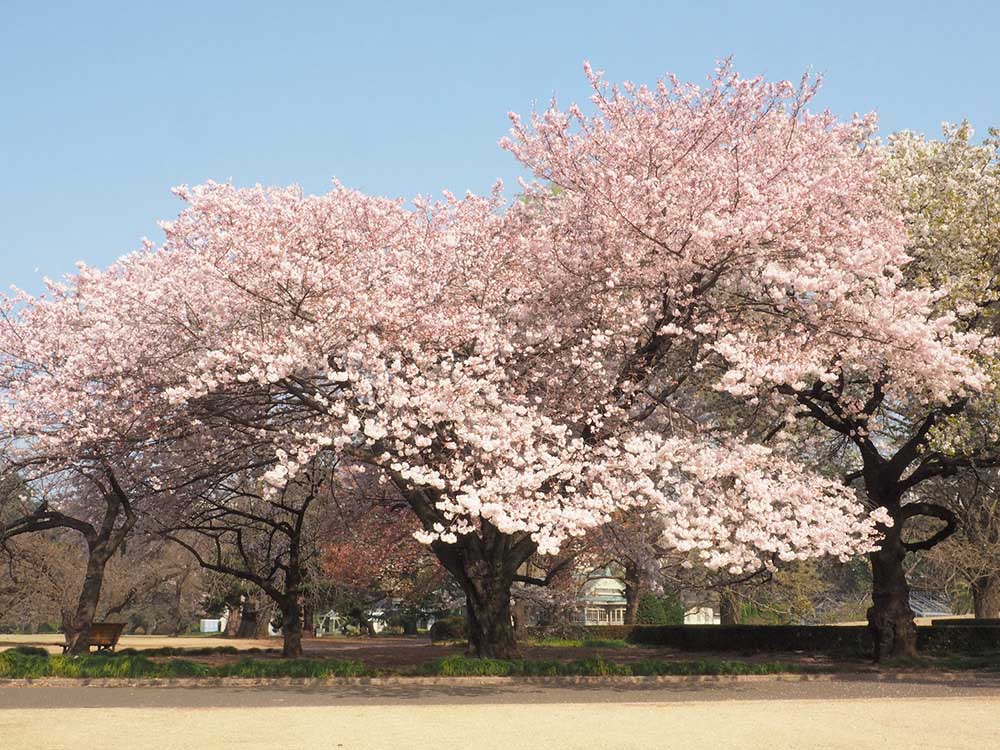
In Japan, where the four seasons are distinctly marked, there are many gardens that attract attention from around the world for their lush landscapes, wide range of plants, and technical skills in making flowers bloom beautifully. Across the country, there are many blooming spots that impress visitors. Let us guide you to breathtaking scenic gardens that deserve a visit at least once in your lifetime. This time, we introduce Shinjuku Gyoen National Garden (hereafter “Shinjuku Gyoen”)— a garden of dignity and majesty that has endured for over a century, with the city’s skyscrapers in the distant background. Why not escape the hustle and bustle and visit this tranquil oasis in the heart of Tokyo?
Contents
ToggleA Lush Green Healing Spot
Surrounded by Tokyo’s Skyscrapers
Opened to the public in 1949, Shinjuku Gyoen spans an expansive area of approximately 58.3 hectares (144 ac) with a perimeter of 3.5 kilometers (2.2 mi). The garden is home to around 10,000 trees representing about 250 species, along with approximately 510 other varieties of plants.
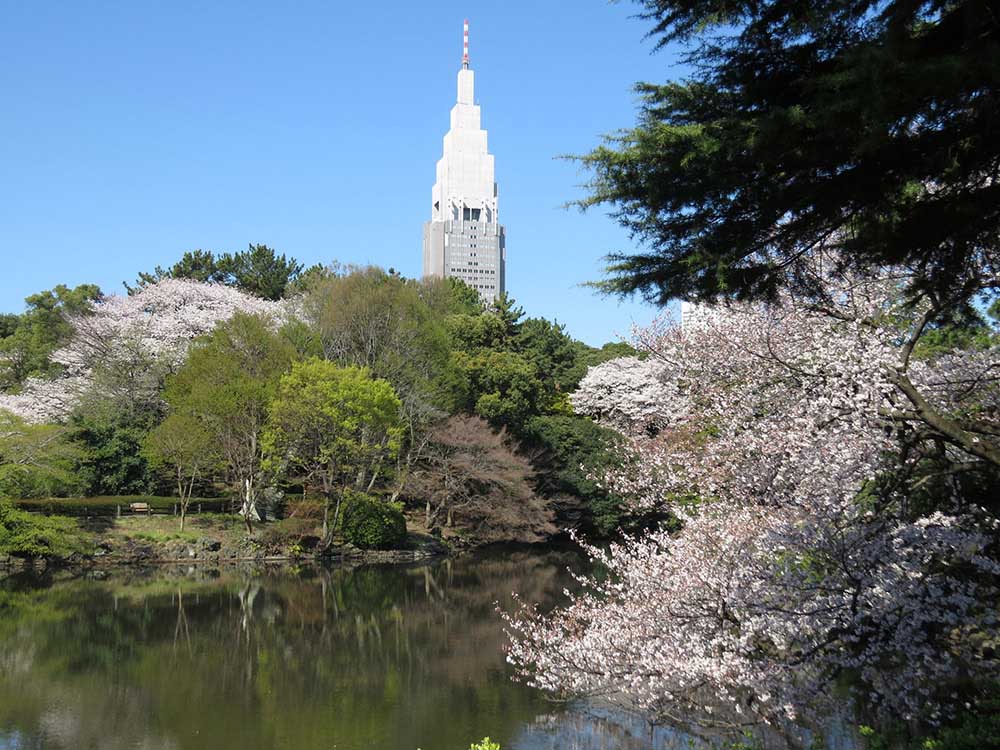
Shinjuku Gyoen was originally the residence of the Naito family, a feudal lord’s household during the Edo period. In the Meiji period, it became the Naitō-Shinjuku Experimental Station, serving as a center for introducing modern Western horticulture. Later, it came under the jurisdiction of the Imperial Household Ministry as the Imperial Botanical Garden, taking on the additional role of an agricultural site for the Imperial Family.
In later years, plans were developed to renovate the area into an Imperial garden, and the design was commissioned to French landscape architect Henri Martinet. The garden was completed in May 1906 and was named “Shinjuku Gyoen.” Years later, in 1949, it was opened to the public as “Shinjuku Gyoen National Garden,” a name and role it retains to this day.
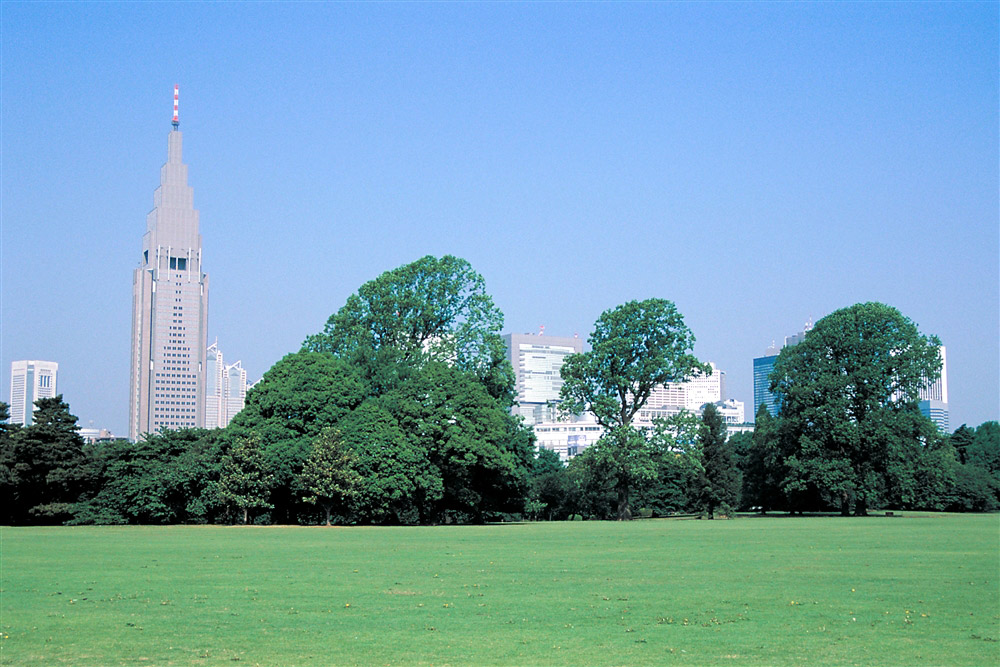
The current layout of Shinjuku Gyoen largely follows the original garden design completed in 1906. It is characterized by a combination of a Western garden and a Japanese garden, consisting of an open lawn, cherry trees and other trees on both sides of the lawn, and a pond. Another highlight is the preservation of botanical heritage from the Meiji era, including spring cherry blossoms, autumn chrysanthemum beds, towering tulip trees, and orchids in the greenhouse.
The current garden can be broadly divided into several areas: the formal garden extending from the Main Gate; the gravel plaza (originally intended as the site for a palace); the Landscape Garden area featuring spacious lawns and ponds as part of the Western-style garden; the Japanese Traditional Garden, where the annual Chrysanthemum Exhibition is held; the area around Tamamo Pond—once the daimyo garden of the Naitō family—near the Okido Gate; and “Mother and Child Woods(Hahato-Kono-Mori),” a section developed after Shinjuku Gyoen became a national garden.
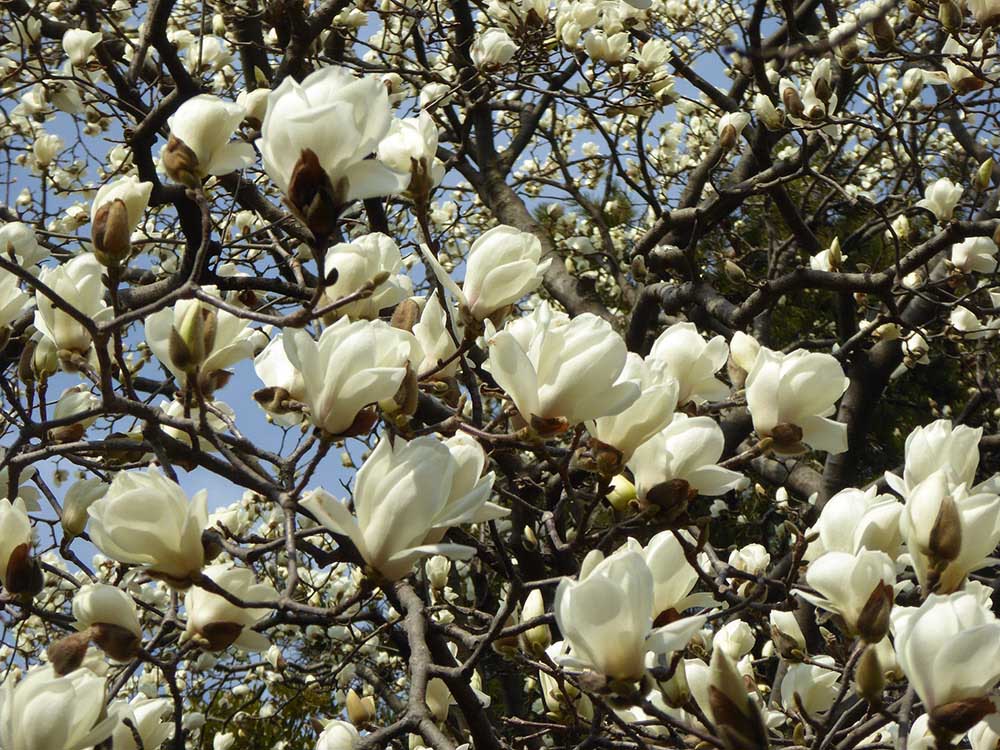
In spring, Shinjuku Gyoen is adorned with cherry blossoms, azaleas, white magnolias, and dove trees.
Summer brings hydrangeas, agapanthus, rose of Sharon, crape myrtles, and lush green lawns.
In autumn, visitors can enjoy Mexican bush sage, fragrant olives, red spider lilies, camellia sasanqua, autumn roses, and vibrant autumn foliage.
Winter features daffodils, plum blossoms, and camellias.
The scenery and plant life of Shinjuku Gyoen change constantly throughout the year, offering new discoveries with every visit.
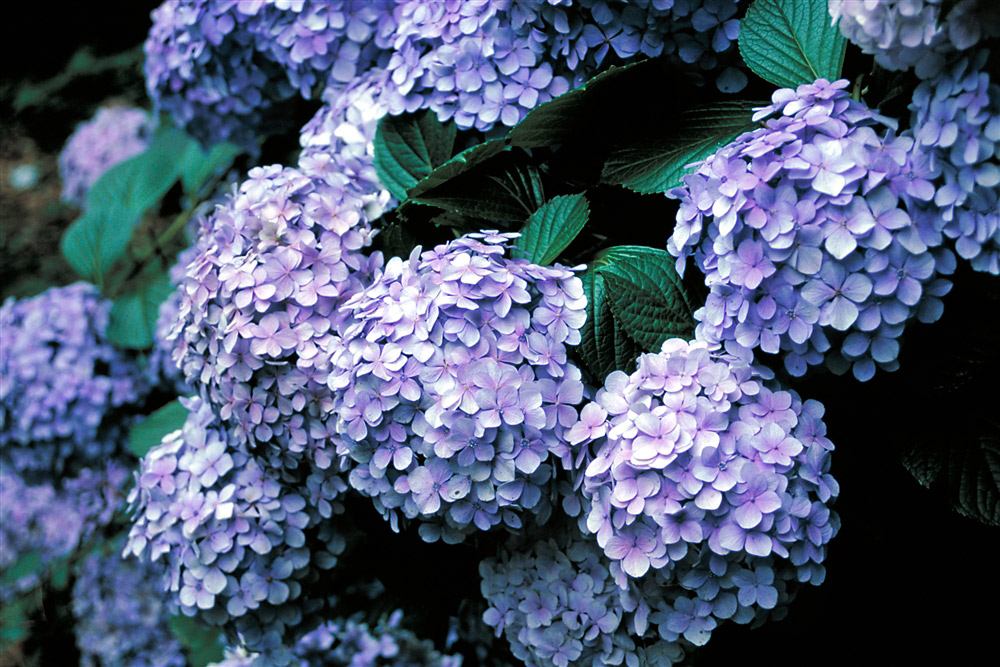
Shinjuku Gyoen has become a popular spot for foreign tourists. Visitors have praised it as a “well-maintained park,” a place “where you can feel nature and relax right in the heart of the city,” and noted that “the greenhouse is filled with lush plantings, with flowers and plants growing in excellent condition.” Many people return for repeat visits. Be sure to visit as many times as you like and discover your own favorite highlights.
Discover Exotic Plants in the Main Greenhouse
Join a Guided Walk Held Twice a Month!
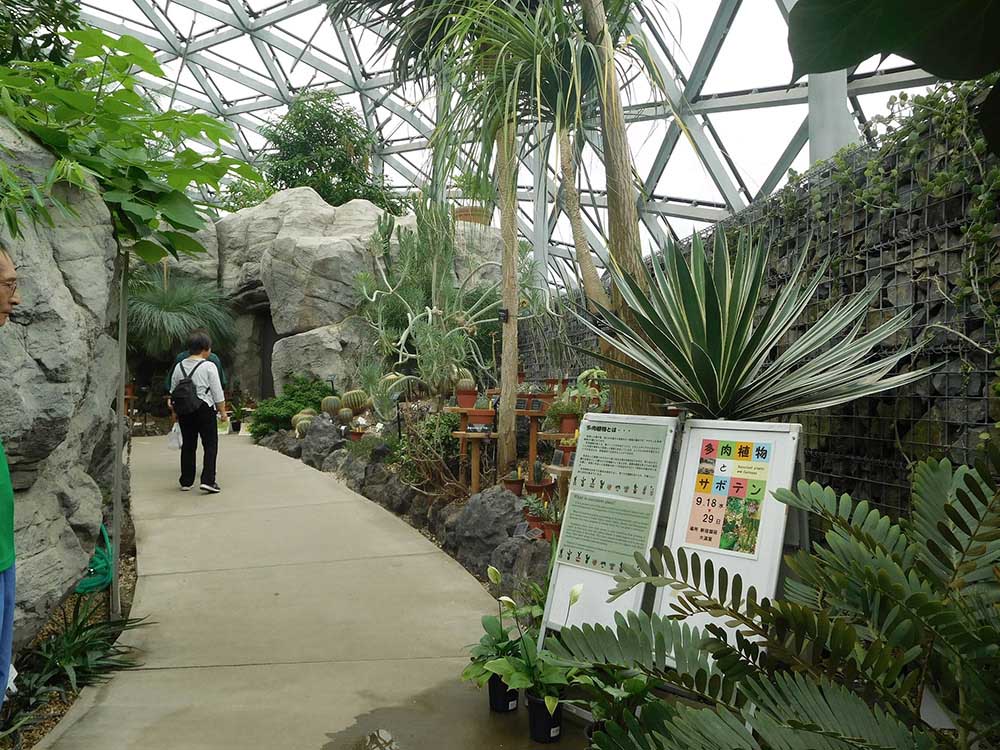
Shinjuku Gyoen features a large greenhouse that showcases approximately 2,700 species of plants. Covering an area of about 2,750 square meters (0.68ac), it takes around 20 to 30 minutes for an adult to walk through the entire space.
Inside the greenhouse, the space is divided into themed zones, allowing visitors to enjoy displays such as “Plants and People of the Tropics,” “Tropical Wetland Plants,” “Okinawa Corner,” “Tropical Lowland Plants,” “Ogasawara Corner,” “Arid Region Plants,” and “Tropical Mountain Plants.”
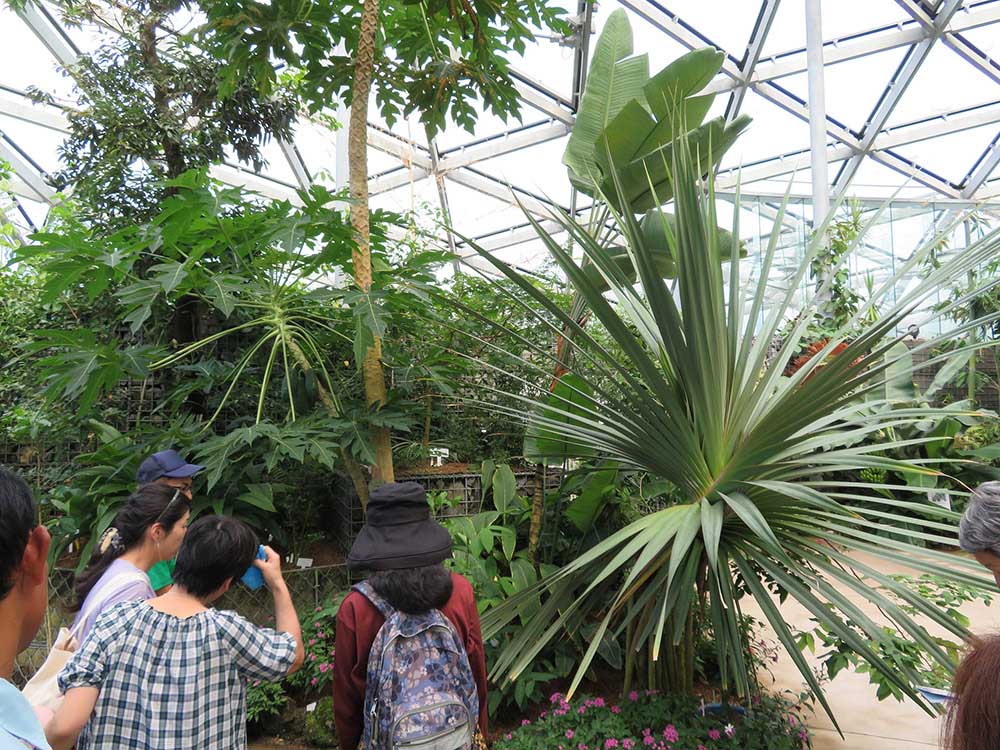
The large greenhouse offers “guided walks” twice a month. In the second week, the “Greenhouse Viewing Class” provides explanations about seasonal plants currently at their best inside the greenhouse. In the third week, the “Backyard Tour” takes visitors into areas normally closed to the public, where staff explain Shinjuku Gyoen’s roles, such as cultivating orchids since before World War II and conserving endangered species.
Around 40 minutes are spent touring the greenhouse, and admission is free (limited to approximately 20 people on a first-come, first-served basis). The guided content varies depending on the condition of the plants, so you can enjoy it even on repeat visits.
A Historic Garden Graced
with Over a Century of Timeless Elegance
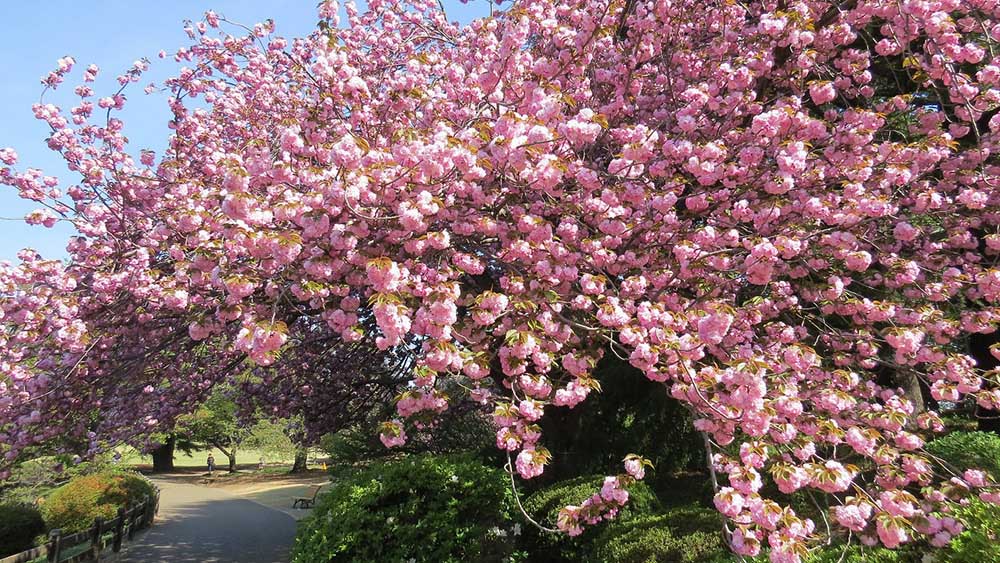
In spring, be sure to take note of the beauty of the flowering trees in Shinjuku Gyoen.
Approximately 1,000 cherry trees of about 65 varieties are planted throughout the garden. The cherry blossom season spans from mid-February to late April, with peak viewing typically occurring from mid-March to early April. A special evening illumination event featuring late-blooming double-flowered cherry trees (Yaezakura) is scheduled for mid-April (details to be announced).
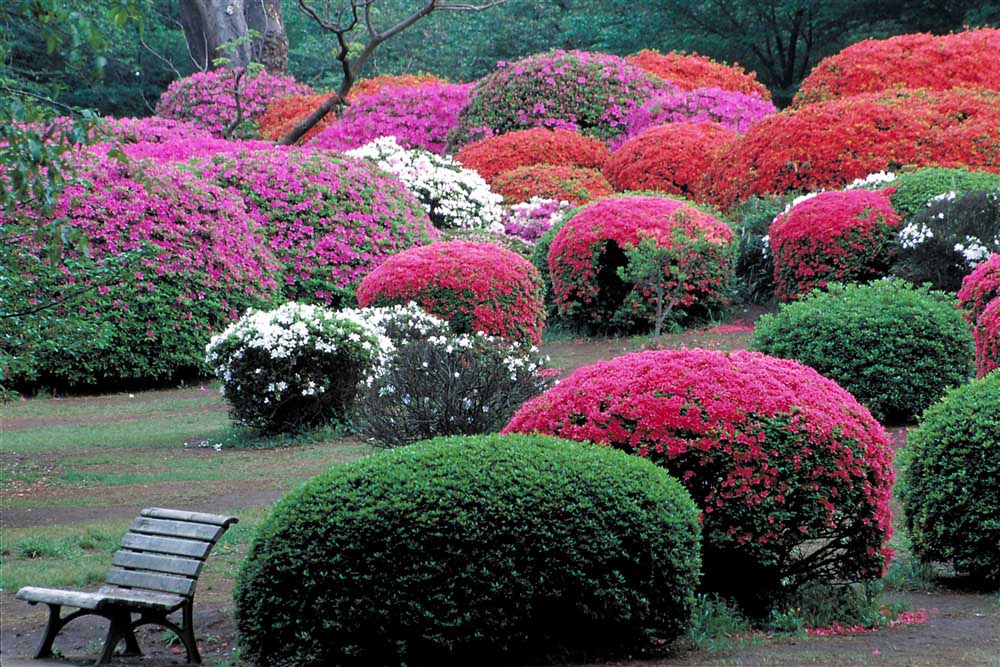
The azaleas pictured are at their best from late April to early May. On April 29, Shinjuku Gyoen will host the “Shinjuku Gyoen Midori Festa,” an event aimed at deepening understanding of nature and promoting the responsible use and appreciation of the natural environment.
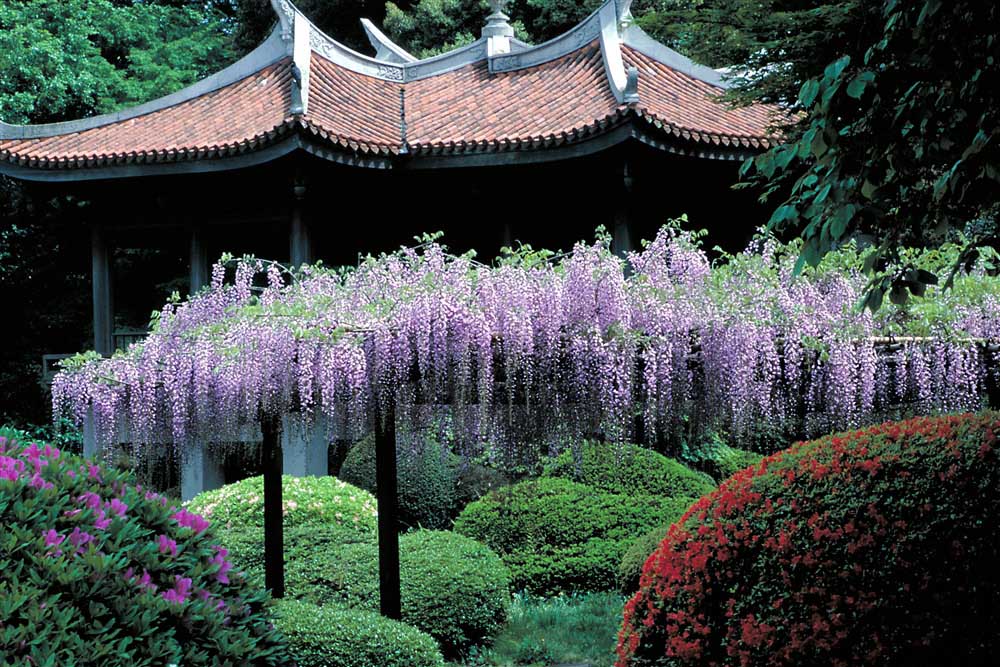
In early May, the two wisteria trees in the garden reach full bloom. Trained over a trellis, their cascading flower clusters create a breathtaking sight. In mid-May, the garden will host the “LOHAS Design Awards,” an event featuring workshops that promote awareness of issues such as global warming prevention and the importance of resource recycling.
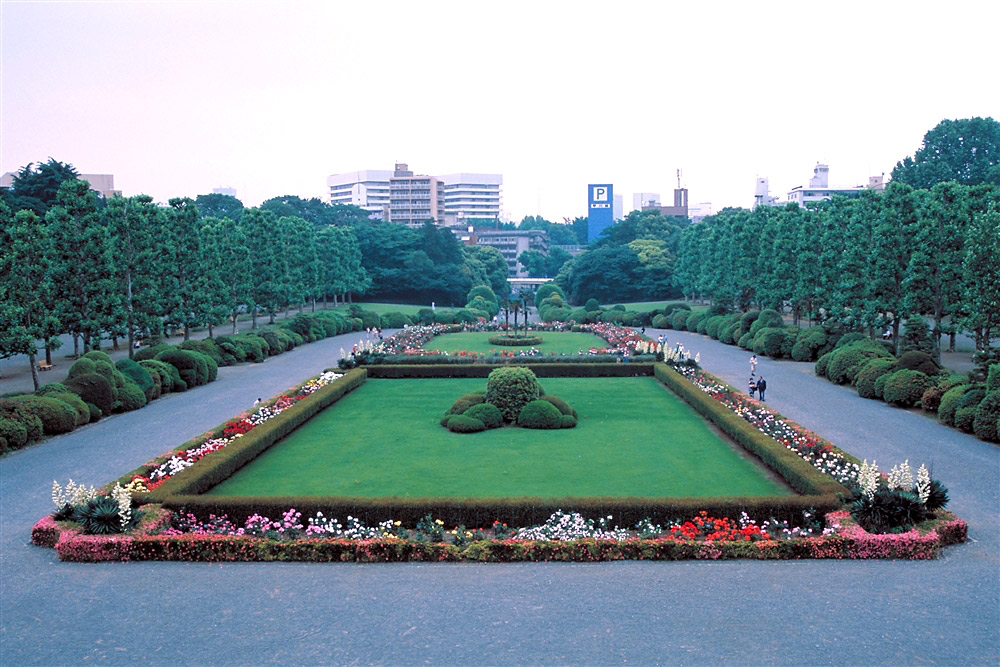
A vibrant variety of roses is planted at Shinjuku Gyoen. The best time to see the spring roses is from early May to early July, with the peak bloom occurring from early to late May. The autumn roses are in bloom from mid-October to late November.
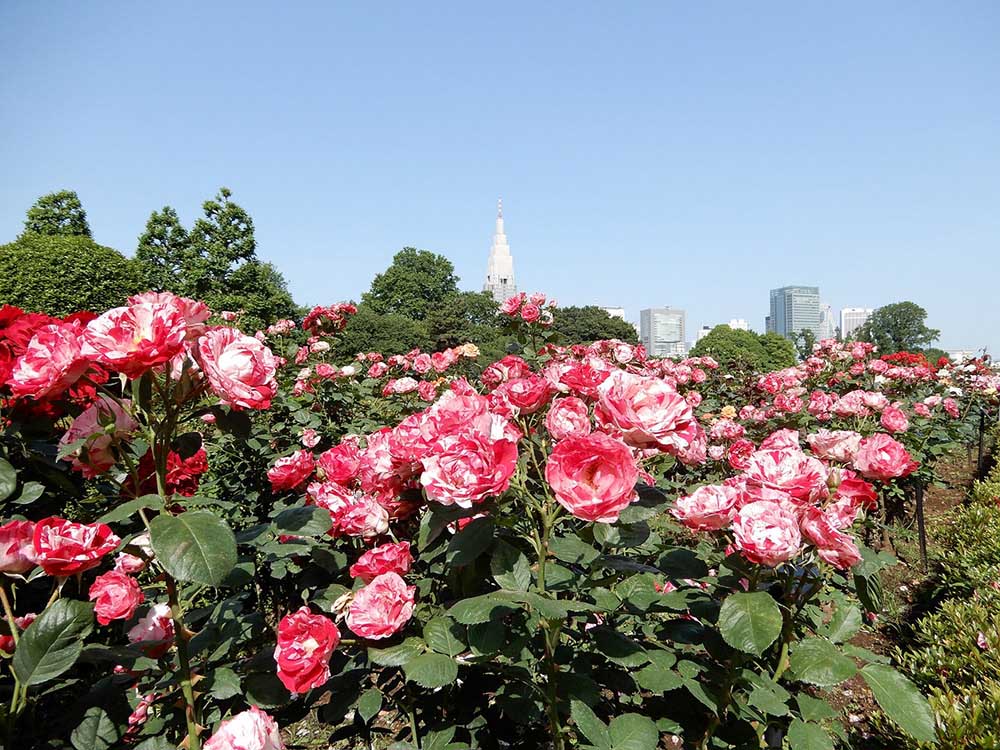
The rose garden in the photo is divided into two areas: the Western Garden, which features mainly hybrid teas and floribundas, and the Eastern Garden, which focuses on shrubs and English roses. In total, approximately 110 varieties and about 500 rose bushes are planted.
All 16 rose varieties that have been inducted into the Hall of Fame at the World Rose Convention, held once every three years, are planted here. Strolling through the rose garden while trying to spot each of these honored varieties is an enjoyable experience.
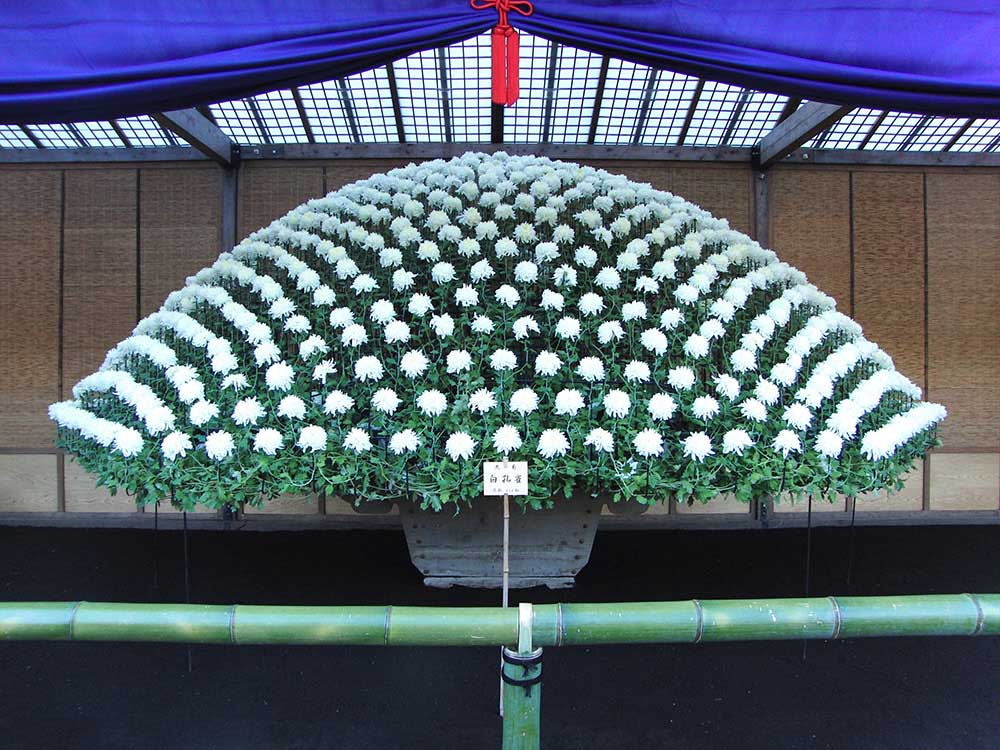
Shinjuku Gyoen’s main autumn event is the Chrysanthemum Exhibition, held annually from November 1 to 15. This exhibition traces its roots back to the “Imperial Chrysanthemum Viewing,” first organized by the Imperial Household Ministry at the temporary Akasaka Imperial Palace in 1878. After a period of suspension during wartime and other changes, the exhibition was opened to the public for the first time at Shinjuku Gyoen in 1949.
The Chrysanthemum Exhibition showcases the pinnacle of traditional Japanese chrysanthemum cultivation techniques and artistry, including displays such as the “Kengai-zukuri (Cascade Style) Bed,” “Ise, Chōji, and Saga Chrysanthemum Bed,” “Ōzukuri (Large-Scale Style) Bed,” “Edo Chrysanthemum Bed,” “Ichimonji and Kudamono Chrysanthemum Bed,” “Higo Chrysanthemum Bed,” and “Large Chrysanthemum Bed.” Each display features meticulously cultivated blooms in their finest form.
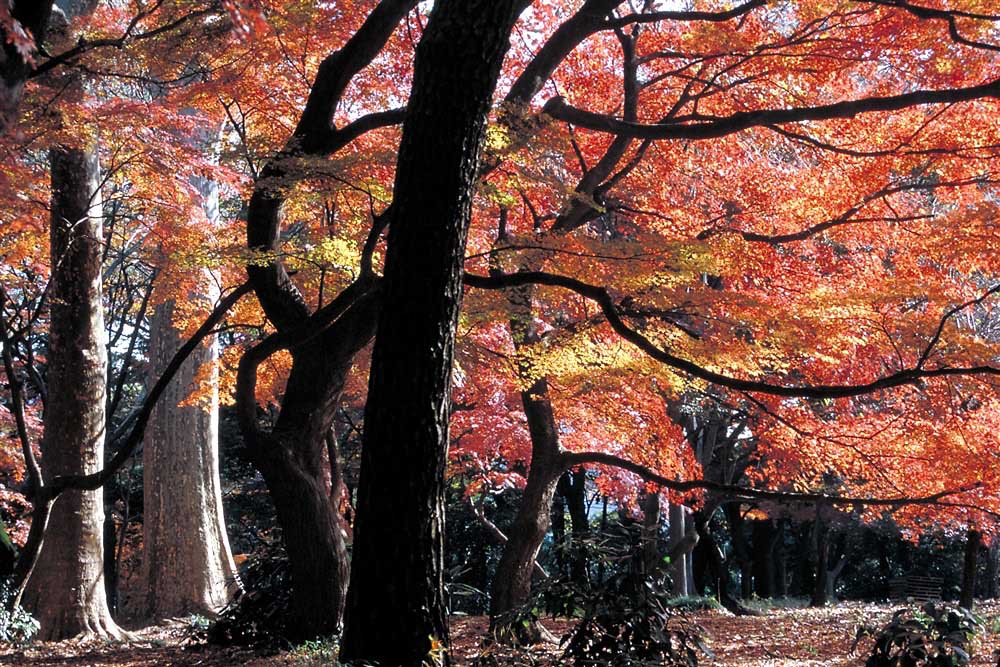
The best time to view the autumn leaves at Shinjuku Gyoen is from mid-November to mid-December.
Around mid-November, the rows of plane trees (Platanus) reach their peak golden color. This is followed by the vibrant hues of maple trees near the Shinjuku Gate and around the pond in the Japanese garden, as well as cherry and tulip trees (liriodendrons) throughout the park.
As the peak of the autumn foliage season begins, trees such as bald cypress, cherry, and zelkova reach their full autumn colors. Throughout the garden, cherry trees turn from orange to deep crimson, while tulip trees (liriodendrons), Tamukeyama maples, and various other maples offer brilliant displays of fall color. Near the Shinjuku Gate, the maple trees form a vivid archway to welcome visitors, and toward the end of the season, the maples on Momiji-yama (Maple Mountain) provide the final burst of autumn hues.
The first light-up event was held in 2019 in the area near the Sendagaya Gate, and since then, light-up events have continued to be held around the same time, allowing visitors to enjoy the autumn leaves.
Take a Look at the “Flower Market” Held Monthly
Restaurants and Gift Shops offer a Variety of Original Items!
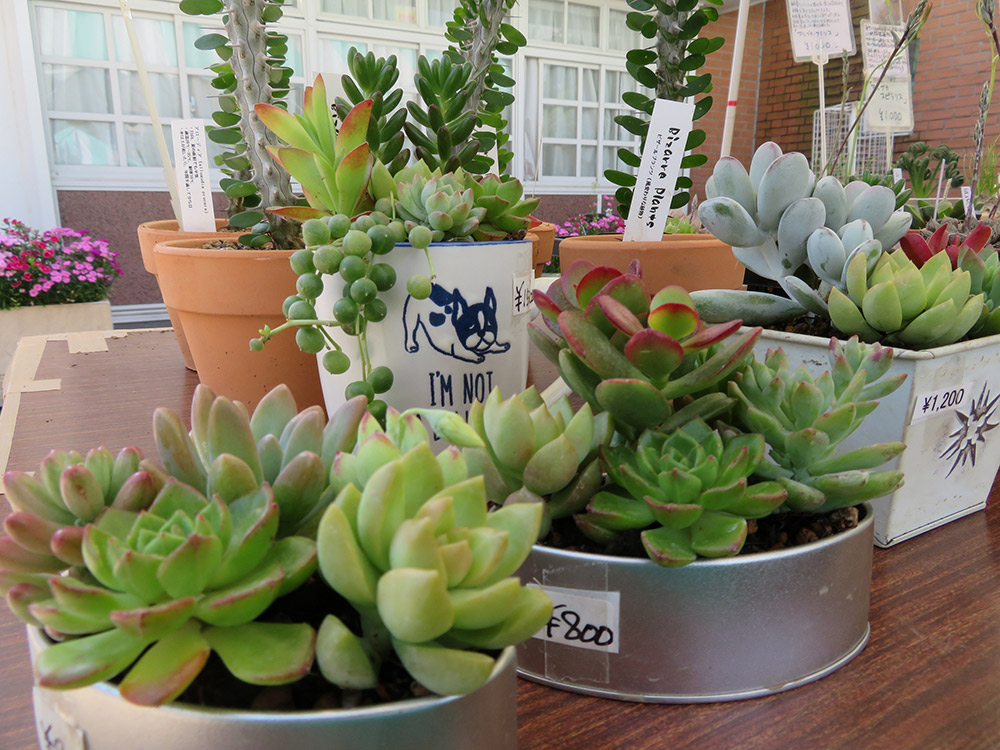
At Shinjuku Gyoen, a “Flower Market” is hosted monthly. Seasonal flower seedlings, potted plants, bulbs, Italian vegetables and herbs, flower seeds, and herb-related goods are available for purchase. Knowledgeable staff are on hand to provide clear and helpful advice on plant cultivation and care if you have any questions.
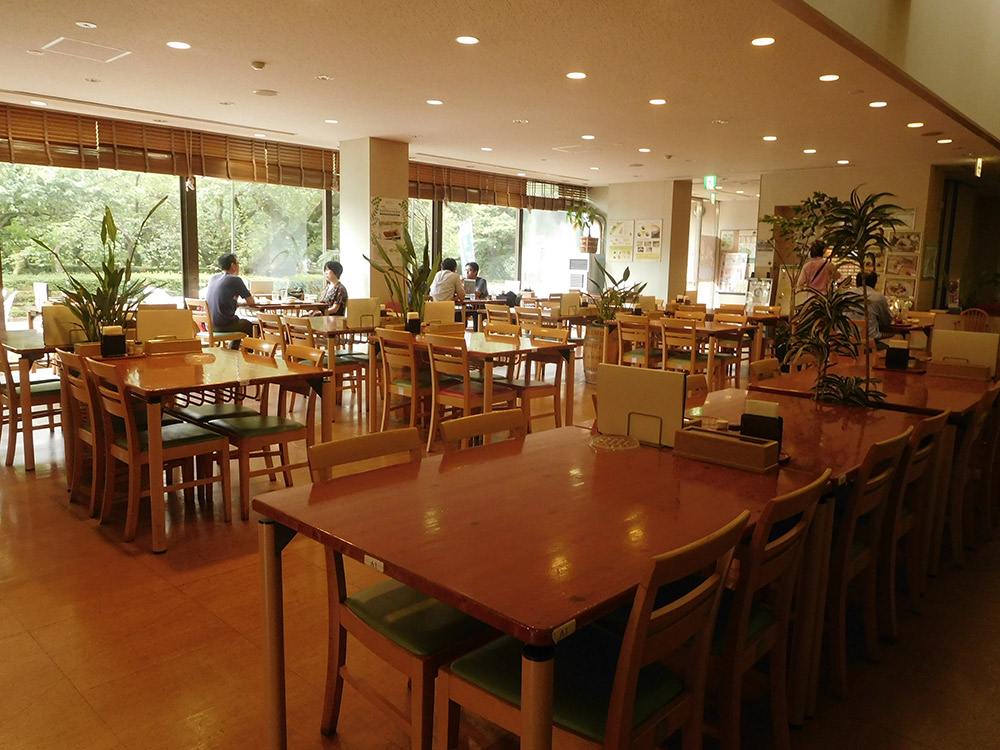
Inside Shinjuku Gyoen, you’ll find the restaurant Yurinoki Tsuburano—a perfect spot for a relaxing break. Open from 11:00 a.m. to last order at 3:30 p.m., it is closed on the same days as the garden. With 130 seats, this spacious restaurant offers views of the landscape-style garden, allowing guests to enjoy seasonal scenery while dining. The menu features original dishes tailored to the season, including Kyoto-style bento meals.
The gift shops at Shinjuku Gyoen offer a wide selection of souvenirs. Traditional Japanese sweets such as dorayaki and handmade monaka are available.
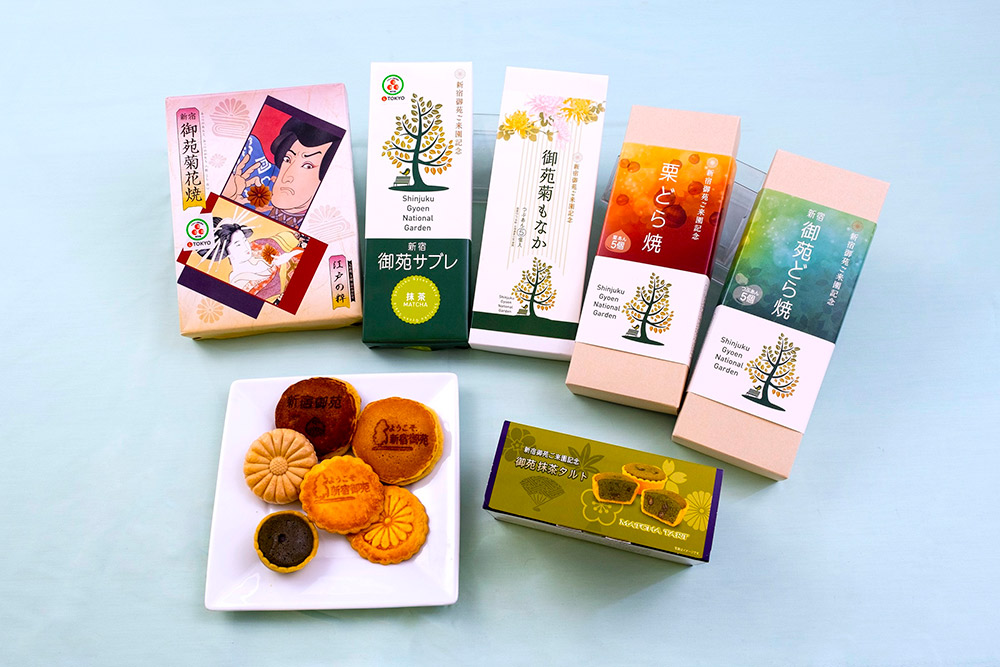
As shown in the photo, you’ll also find a variety of exclusive Gyoen merchandise featuring traditional Japanese patterns, such as postcards and plastic folder, as well as fashion accessories and miscellaneous goods. There are also books related to Shinjuku Gyoen. You’ll definitely want to start a collection!
Information
Shinjuku Gyoen National Garden
Address: 11 Naito-machi, Shinjuku-ku, Tokyo/Japan
Call: +81-(0)3-3351-1461
Email: info-shinjuku@fng.or.jp
Official Website: https://fng.or.jp/shinjuku/en/
Access:
【Shinjuku Gate】
■By Train
- JR, Keio, Odakyu Lines: 10 min walk from Shinjuku Station (South Exit)
- Seibu Shinjuku Line: 15 min walk from Seibu-Shinjuku Station
- Tokyo Metro Marunouchi Line: 5 min walk from Shinjuku-gyoemmae Station (Exit 1)
- Tokyo Metro Fukutoshin Line: 5 min walk from Shinjuku-sanchome Station (Exit E5)
- Toei Shinjuku Line: 5 min walk from Shinjuku-sanchome Station (Exit C1/C5)
■By Bus
- 品97 (Shinagawa Depot – Shinjuku Sta. West Exit): Get off at Shinjuku-nichome
- 池86 (Higashi-Ikebukuro 4-chome – Shibuya Sta. East Exit): Get off at Shinjuku-yonchome
- 早77 (Waseda – Shinjuku Sta. West Exit): Get off at Shinjuku-sanchome
- Shinjuku WE Bus (West Exit – East Exit): Get off at Shinjuku Gyoen
【Okido Gate】
■By Train
- Tokyo Metro Marunouchi Line: 5 min walk from Shinjuku-gyoemmae Station (Exit 2)
■By Bus
- 品97 (Shinagawa Depot – Shinjuku Sta. West Exit): Get off at Shinjuku-itchome
- 池86 (Higashi-Ikebukuro 4-chome – Shibuya Sta. East Exit): Get off at Shinjuku-yonchome
【Sendagaya Gate】
■By Train
- JR Chūō–Sōbu Line: 5 min walk from Sendagaya Station
- Tokyo Metro Fukutoshin Line: 10 min walk from Kitasando Station (Exit 1)
- Toei Ōedo Line: 5 min walk from Kokuritsu-Kyōgijō Station (Exit A5)
■By Bus
- 黒77 (Meguro Sta. – Sendagaya Sta.): Get off at Sendagaya Station
- 池86 (Higashi-Ikebukuro 4-chome – Shibuya Sta. East Exit): Get off at Kitasando
- 早81 (Waseda Univ. Main Gate – Shibuya Sta. East Exit): Get off at Sendagaya Station
- Hachiko Bus (Shibuya – Yoyogi): Get off at National Noh Theatre or Sendagaya Station
Days Closed:
Mondays (If Monday is a national holiday, closed on the next weekday)
Year-end & New-year days (Dec.29 to Jan.3)
Special Open Period: (Open 7 days a week during the period)
Spring Mar.25 to Apr.24, Autumn Nov.1 to 15
Opening Hours:
Oct.1 to Mar.14 9:00-16:00 (Gate closes at 16:30)
Greenhouse Opening Hours 9:30-15:30
Mar.15 to Jun.30/Aug.21 to Sep.30 9:00-17:30 (Gate closes at 18:00)
Greenhouse Opening Hours 9:30-17:00
Jul.1 to Aug.20 9:00-18:30 (Gate closes at 19:00)
Greenhouse Opening Hours 9:30-18:00
Admission:
Adults: 500 yen
Seniors(65 and over): 250 yen
Students: 250 yen
*Free for children(Junior high school students / 15 and under)
Parking Fees:
Standard Vehicle:
Visitors: 600yen for up to 2 hours, 200yen per 30 minutes thereafter
Non-visitors: 300yen per 15 minutes
Large vehicles (buses, etc.): 3,500yen for 60 minutes, 900yen per 30 minutes thereafter
Drinking alcohol, using sports equipment and musical instrument in the garden are prohibited.
All Photos courtesy of the Ministry of the Environment Shinjuku Gyoen Management Office
Credit
Interview & Text / Osada Setsuko

Writer&Editor.
Specializes in lifestyle topics, focusing on gardening, interior design, and housing.
Became independent and started working as a freelancer after working for an editorial production company for about 10 years from 1994.
Enjoying gardening with balcony garden.
Translation / Garden Story Editorial Team
Latest Articles
-
garden
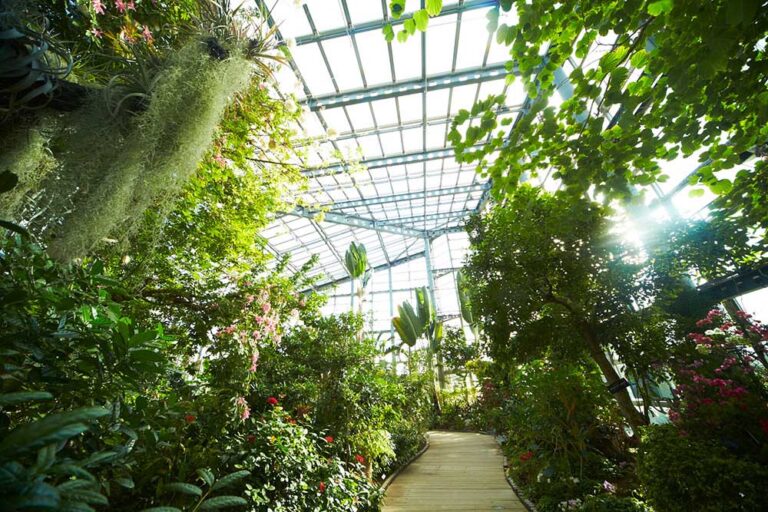
Sakuya Konohana Kan―A Greenhouse Botanical Garden Full of Hands-On Experiences
Sakuya Konohana Kan conservatory is a two-story greenhouse made of glass and steel, and one of the largest botanical gardens in Japan. In winter, when greenery becomes scarce, strolling through its w…
-
garden
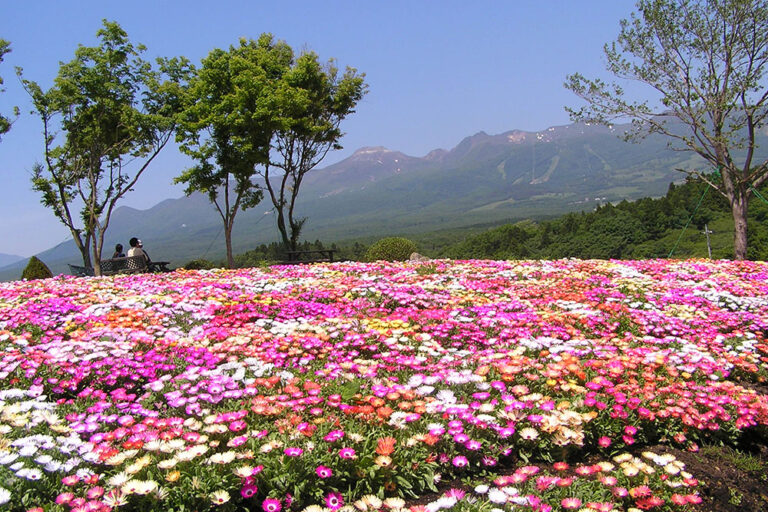
Nasu Flower World―Breathtaking Fields of Blossoms
Nasu Flower World is a tourist garden located in the popular resort area of the Nasu Highlands. Making full use of its vast grounds, the garden features sweeping mass plantings of seasonal flowers, c…
-
garden
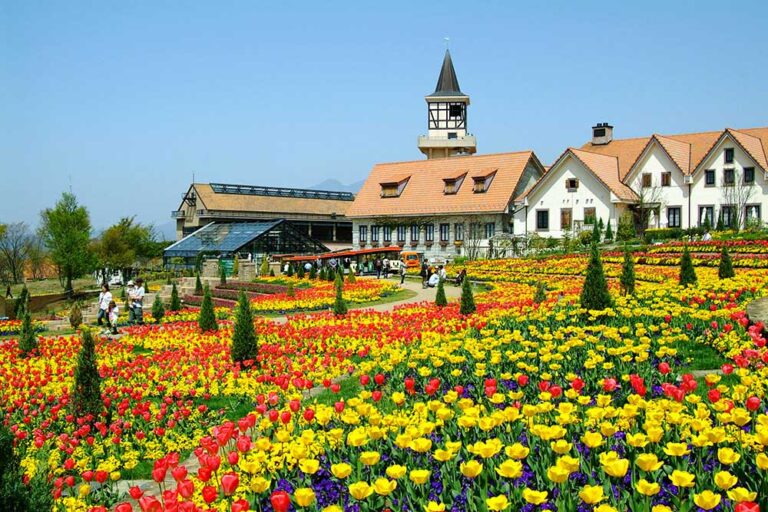
Heidi’s Village―A Beloved Theme Park and Flower Paradise
Heidi’s Village, known as the theme park of the classic anime Heidi, Girl of the Alps, is also a popular tourist destination with the charm of a flower park. Among its highlights is Japan’s longest “…
